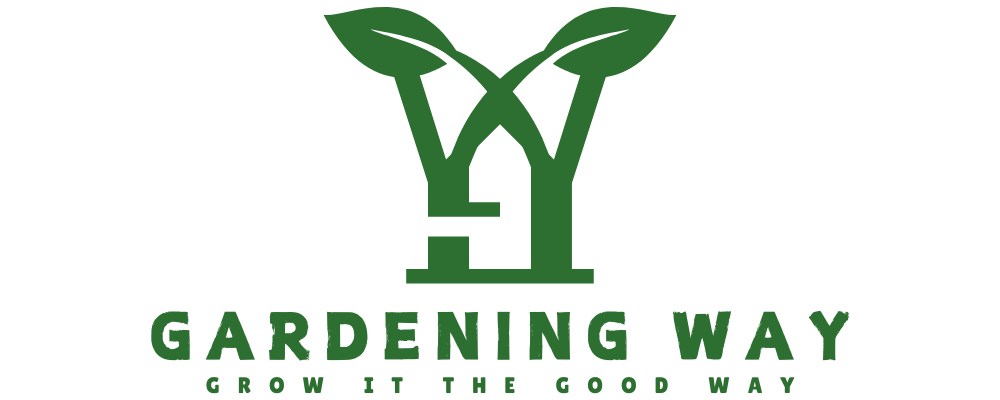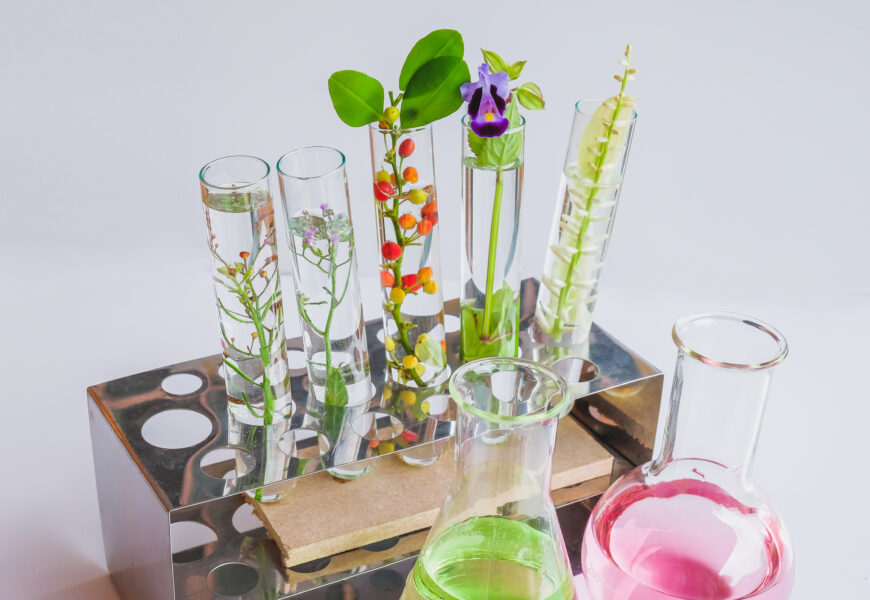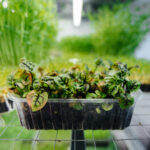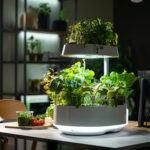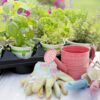Hydroponic gardening is amazing, offering lush yields in your home. But, it has its own challenges. Imagine a garden that grows well, ignoring seasons and space limits, yet sometimes it fails. What hydroponic problem solutions can bring back the green beauty?
Hydroponics is impressive: plants need up to 20% less space and use only 5% to 10% of the water soil plants do. You can control the environment better, adjusting pH levels and optimized growth conditions easily. But, issues like root rot and mold can still happen, especially when temperatures get too high or when it’s too damp.
Looking after a hydroponic garden means fighting pests, diseases, and nutrient imbalances. You use hygienic practices and vigilant maintenance to keep them away. But when problems arise, can you fix them or will your garden fail?
Dealing with algae, spider mites, aphids, and thrips is part of the hydroponic challenge. If your leaves are burnt, it might be from too much fertilizer. If they look pale, you might need more iron. Adjusting the pH levels and adding supplements can help.
To succeed with hydroponics, you need to know how to solve problems. If you’re facing many issues, don’t worry. Many gardens have found help at Gardening Way. It’s your turn to get back on track and make your garden green again.
Keeping your system clean after harvest and ensuring good airflow to prevent disease are key. Keeping records of your garden’s progress helps you learn for the future.
Explore more hydroponic problem solutions with us. We’ll show you how to care for your plants without soil, but with a lot of heart. Don’t give up, as your garden can overcome challenges and thrive, giving you a sense of mastery over your water-based garden.
Understanding Hydroponic Gardening Basics
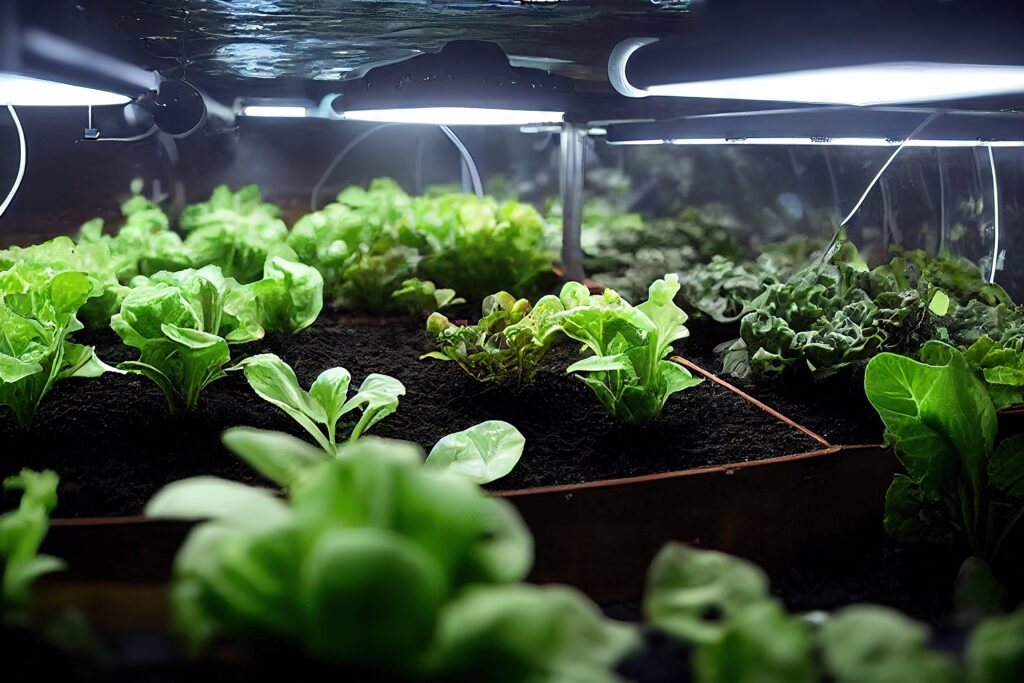
Hydroponic gardening basics focus on growing plants without soil. Instead, they use a water solution full of nutrients. This method uses up to 90% less water than traditional farming, as the water is reused.
When looking into hydroponic gardening tips, you’ll find many systems to choose from. These include wick and aeroponic systems. They fit various crops and spaces, from big greenhouses to small city apartments. Easy plants to start with are lettuce, spinach, and herbs like basil and parsley, which grow fast and need little space.
For plants to grow well in hydroponics, you need to control the environment. Keep the temperature between 65°F to 75°F (18°C to 24°C) and the humidity around 50%. This way, you can grow plants all year, no matter the outside weather.
Nutrient management is key in hydroponic gardening basics. Plants get all their nutrients from the water, so the solution needs to be changed every two to three weeks. Keeping an eye on the pH levels also helps plants grow strong.
Hydroponics makes plant care easier by avoiding pests and diseases. But, you must look after the nutrient reservoir well. Covering tanks stops algae, and making sure the water is well-oxygenated prevents root rot, keeping your garden healthy.
For beginners, pictures and diagrams can help a lot. They show how easy and effective hydroponics can be. They help both new and experienced gardeners improve their crops and efficiency.
Identifying and Resolving Common Hydroponic Issues
In hydroponic gardening, you’ll often face common hydroponic problems. But, with the right knowledge and methods, you can fix them easily. For example, clogging in drip systems can be avoided by picking growing mediums that don’t break down much.
Algae is another big problem, especially with too much light. To stop algae, reduce light to the nutrient water and paint the tank black. Wilting plants often mean they’re not getting enough water or it’s too hot. A balanced setup with steady moisture and the right temperature is key.
To learn more about solving these issues, check out our detailed guide here.
Pests like thrips and spider mites can still bother hydroponic plants, even though they’re less common than in soil gardens. Using natural bug killers like neem oil is a safe way to fight them. Also, making sure your plants get the right nutrients is important. Not enough calcium can cause leaf tip burn. Good air flow helps plants absorb nutrients better and prevents problems.
Keeping an eye on your water quality is crucial for hydroponic gardening. Bad water can come from feeding your plants too much, not having enough good bacteria, or unstable pH levels. Regular checks and adjustments will keep your system healthy and your plants growing well.
Maintaining a clean and well-regulated hydroponic system is key to overcoming common hydroponic problems and securing quality harvests.
By tackling these common hydroponic problems, gardeners can make sure their hydroponic setups do well. Paying attention and adjusting to your system’s needs leads to healthy, thriving plants.
Defeating Root Rot in Your Hydroponic Garden
Root rot can seriously harm the health and yield of plants in hydroponic systems. It’s a big challenge for growers trying to keep their gardens healthy. Knowing how to deal with root rot solutions is key to a thriving hydroponic garden. It’s important to prevent it and act fast if you see any problems.
Keeping the right conditions is key to preventing root rot. The temperature around the roots should stay below 75 degrees Fahrenheit. This stops fungi that cause root rot from growing. It also keeps the roots healthy by letting them absorb water, oxygen, and nutrients well.
Aerating the nutrient solutions is also important. It makes sure there’s enough oxygen for the roots to grow well.
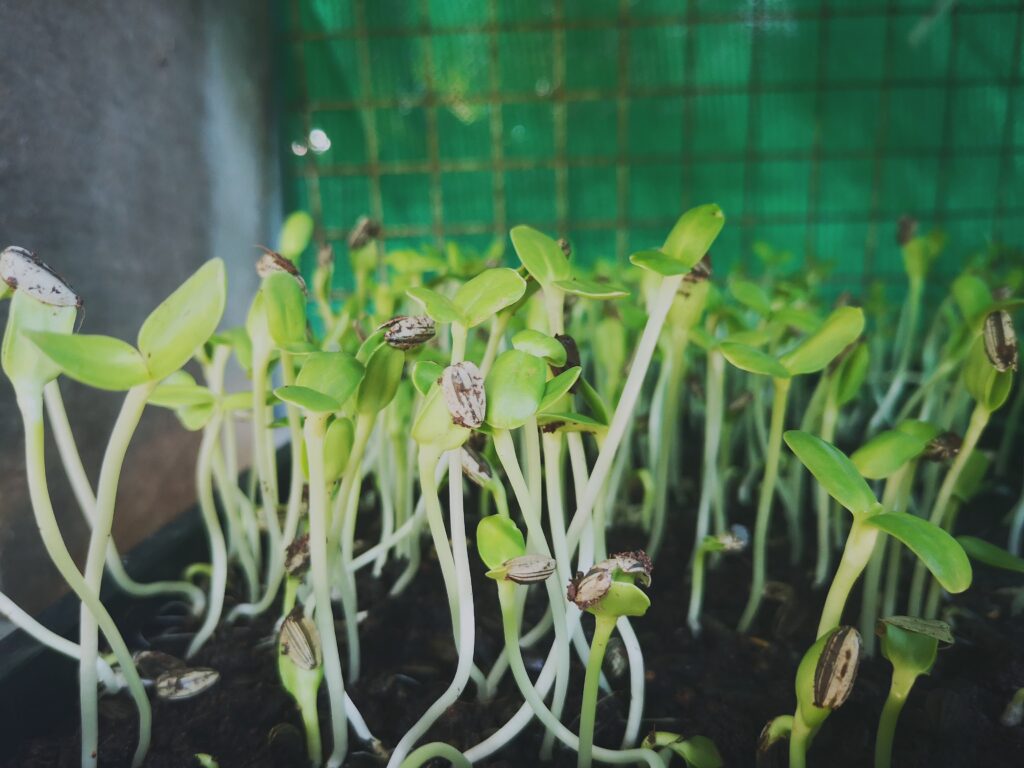
To fight root rot, using dark materials to block light from the roots helps. Cleaning your equipment regularly is also a good idea. Watching the health of the plant’s roots lets you catch problems early. Adding things like Bacillus subtilis to your system can help fight off harmful germs and make plants stronger.
By using these methods, growers can lower the risk of root rot. This helps make their hydroponic gardens more successful. It leads to healthier plants, more produce, and a more efficient system. This is a big part of fixing hydroponic problems.
Tackling Algae and Mold: Hydroponic Maintenance and Cleanliness
Keeping algae and mold away is crucial for a healthy hydroponic garden. Algae can harm plants by taking their nutrients and light. Using black or opaque materials can block light and stop algae from growing. Adding grapefruit seed extract can also help control algae.
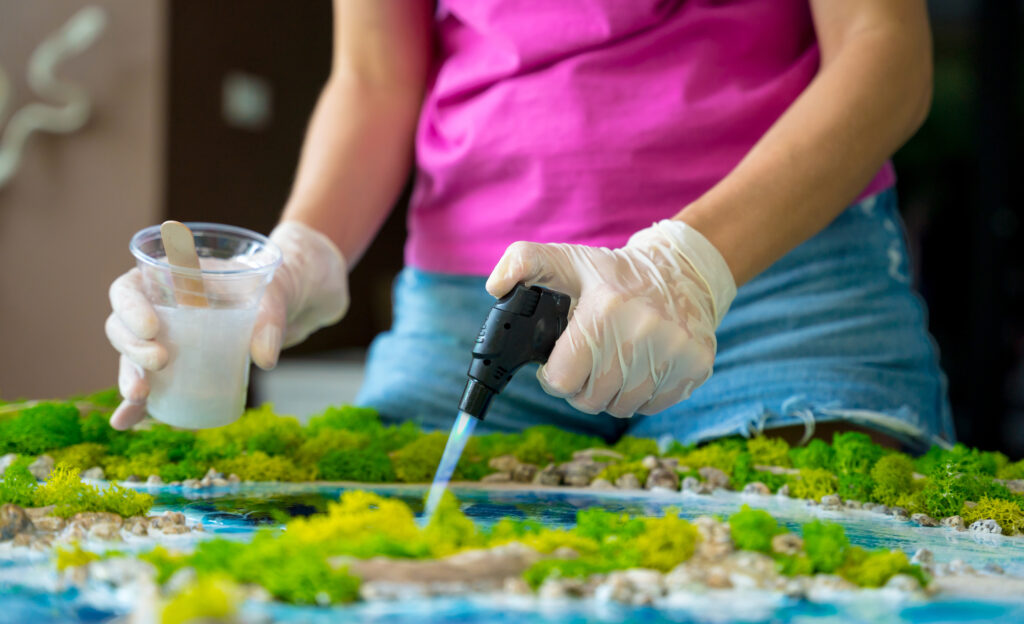
To prevent mold, it’s important to manage the environment well. Good airflow and the right humidity level can help avoid mold. Cleaning with hydrogen peroxide or diluted bleach after each crop cycle keeps things clean and reduces spores.
Hydroguard uses beneficial bacteria to fight algae, making the hydroponic system healthier. This is especially important in systems with complex parts or areas where water doesn’t move much. Checking for light leaks, bad airflow, or warm water helps prevent mold.
Keeping things clean and controlling the environment is the best way to stop algae and mold. By doing this, hydroponic gardeners can make sure their plants grow well in a clean, healthy space.
Remember, fighting algae and mold helps protect plants and keeps your hydroponic system balanced.
Optimizing Nutrient Solutions to Overcome Deficiencies
Mastering hydroponic plant nutrition is key to successful hydroponic gardening. Most plants get their carbon, hydrogen, and oxygen from air and water, making nutrient balance crucial. It’s important to focus on overcoming nutrient deficiencies.
Plants need macronutrients like nitrogen, phosphorus, and potassium in the right amounts. The seedling stage needs more phosphorus for root growth. Later stages need more nitrogen and potassium. Proper nutrient ratios prevent issues like stunted growth and yellow leaves.
Nutrient lockout is a big challenge in hydroponics. It happens when the pH or nutrient levels are off, causing salt buildups. To avoid this, keep the pH between 5.5 to 6.5 and check the EC levels to prevent solution burn.
Understanding how nutrients work together is crucial. For example, the right balance of calcium and magnesium prevents blossom end rot in tomatoes. Adjusting the pH helps plants absorb these nutrients better.
Regular system flushing with pH-neutral water removes salts and refreshes nutrients. Using automated pH and EC monitors makes managing nutrients easier and more precise.
By creating balanced nutrient solutions for each growth stage, hydroponic farmers can boost yield and quality. Overcoming nutrient deficiencies means balancing nutrients, monitoring them, and adjusting as needed for hydroponic crops.
Strategies for Managing Pests and Pathogens in Hydroponics
Pests and pathogens can harm a hydroponic system. Aphids, small but harmful, can slow down plant growth. Whiteflies, tiny but troublesome, leave sticky spots on leaves that attract diseases. Keeping an eye on your plants is key to pest control in hydroponics. Look out for signs of pests like thrips and diseases like powdery mildew. Keeping the grow room’s conditions right can help prevent these problems.
Keeping your hydroponic setup clean is vital for hydroponic disease prevention. Use clean tools and check your plants carefully. Sticky traps and keeping plants apart can stop spider mites. Keeping water oxygen levels right and avoiding too much water helps prevent pests and diseases. If plants turn yellow with green veins, they might lack iron.
If pests or diseases show up, you need to act fast. Use neem oil, miticides, and fungicides to fight them. Pulling out sick plants stops gray mold from spreading. Keeping the grow room clean and wearing clean clothes helps too. Adding supplements like Rhino Skin or Sensi Cal-Mag Xtra can help plants fight off pests. Talking to local experts can give you the best advice for your area’s pests and diseases.
